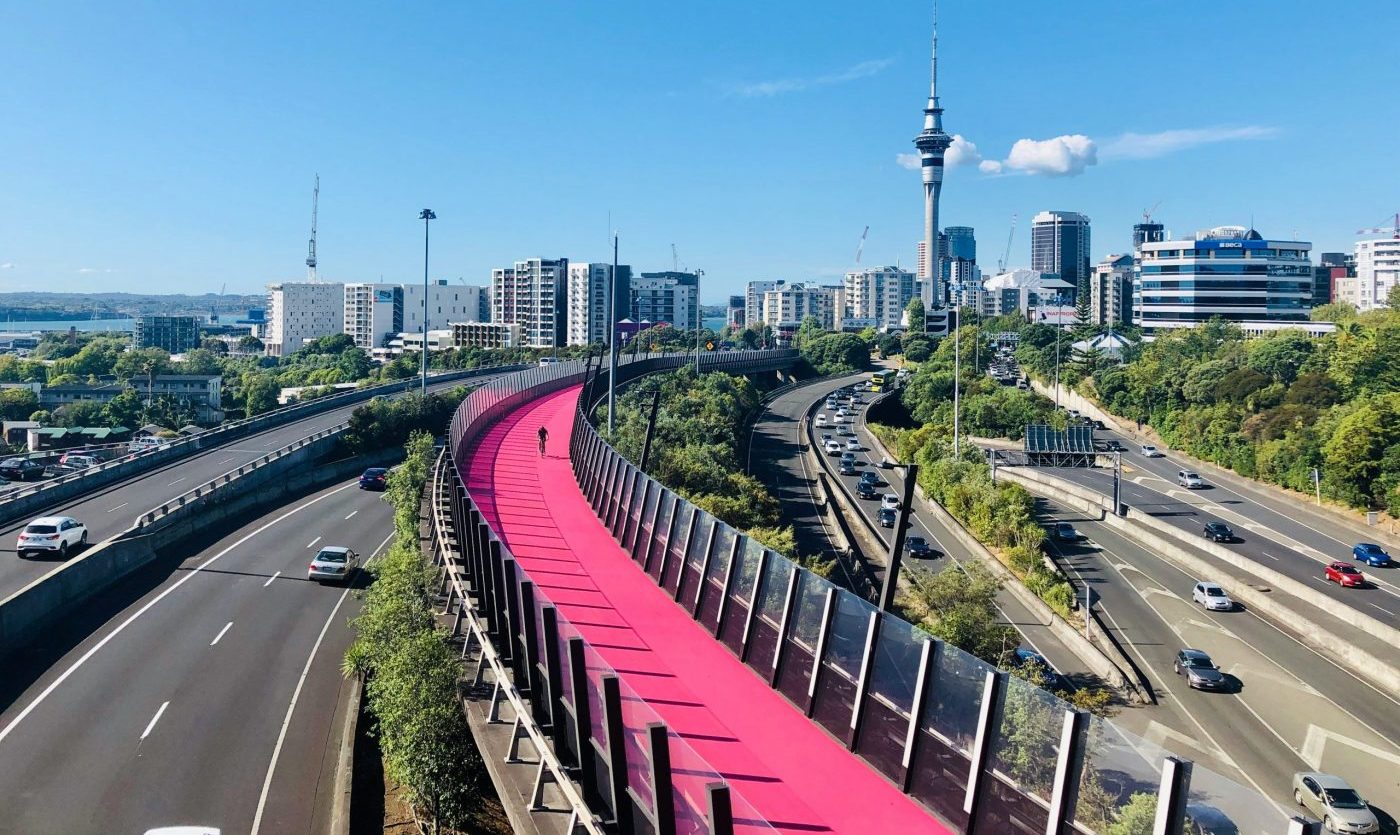
- By Laura Kvigstad, Auckland Council reporter funded by New Zealand on Air
Auckland councillors have raised concerns that the road safety funding shortfall could result in more Aucklanders being impacted by deaths and serious injuries.
At a recent council Governing Body meeting, councillors agreed to continue the local share of transport funding despite the government’s funding shortfall.
The National Land Transport Fund (NLTF) for the 2024-2027 period is $564 million less than the council expected as a part of its long-term plan (LTP).
Transport strategy manager Robert Simpson said the council’s Regional Land Transport Plan (RLTP) for the next three years budgeted $146m for safety capital expenditure.
“Approximately $6m or $7m was made available through the NLTF,” Simpson said.
Operating expenditure for safety was also hit by cuts and Simpson said the council had budgeted $27m through the LTP but only $12m had been approved.
Councillor Angela Dalton asked if any analysis had been done on how the reduced funding would impact Auckland Transport’s Death and Serious Injuries (DSI) target.
AT’s head of road safety engineering Michael Brown said the road safety programme would be 40 per cent less effective.
“With the reduction in funding, there’s also a reduction in the effectiveness but it’s actually not as severe as we initially thought,” Brown said.
Councillor Julie Fairey asked if there was analysis that suggested how many people would be impacted by DSI under the funding reduction.
“You have mentioned 40 per cent but I wondered if you wanted to put that in numbers of people,” Fairey asked.
Brown said it was projected that over the next 10 years 30 people would be impacted by a DSI, because of the funding shortfall.
“As it stands now – we had eight DSI saved under the LTP and that would be five DSI per annum saved under the new proposal,” Brown said.
Councillor Richard Hills called the funding from the Government outrageous.
“We expected over $70m and got $6m, when on paper it could cost us up to $12m to reverse our speeds,” said Hills.
“Not only did we get only $6m for safety projects across the city we might have to spend double that making the city less safe,” Hills said.
He said the original funding arrangement incorporated high-risk intersection improvement and high-risk corridor improvements.
“They are not sexy. They are not pedestrian crossings. They are things to help save people.”










